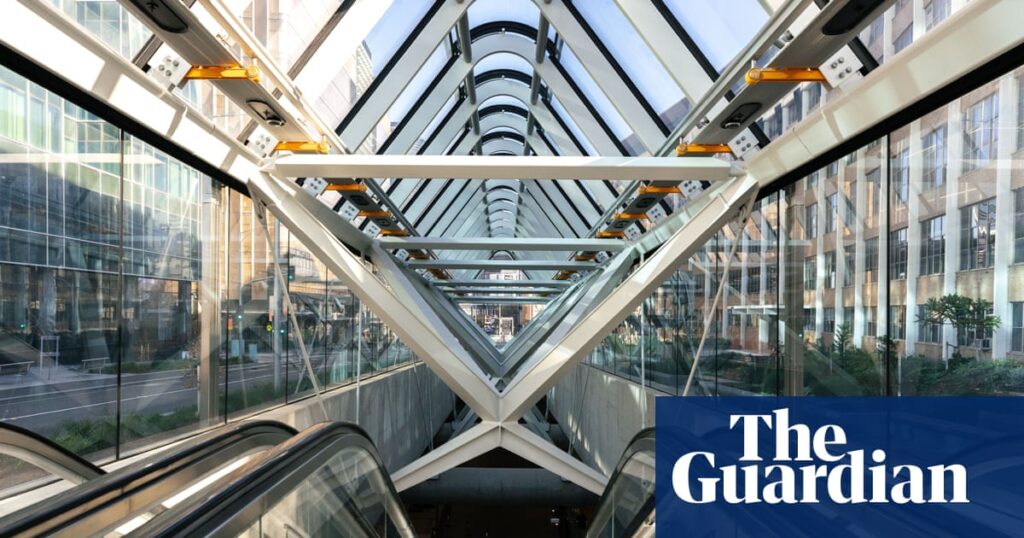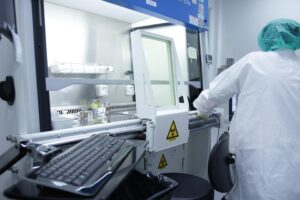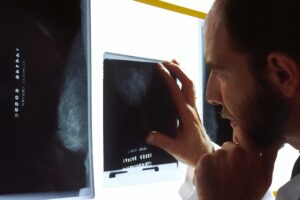
For nearly a decade, beneath the bustling streets of Melbourne, a transformative project has been taking shape. The Metro Tunnel, a major infrastructure endeavor, is set to revolutionize the city’s public transport network. As of now, three new underground stations have been handed over to Metro Trains, with two more expected to follow in the coming months. By the end of the year, a new 9km twin rail tunnel, heralded as the most significant overhaul of Melbourne’s transport system since the City Loop in the 1980s, will open to the public.
The impact of this project is monumental. The entire city’s transport schedule, including trains, trams, and buses, is being reconfigured to accommodate the new system. Ben Ryan, the Metro Tunnel’s executive project director, stated,
“When you look at these sorts of projects, not only within Australia but globally, they really do make a big difference to how people get around the city.”
He compared Melbourne’s forthcoming changes to those seen in Sydney, where the metro system has significantly altered urban mobility.
The Metro Tunnel: A Decade in the Making
Originally proposed in 2008, the Metro Tunnel project has weathered numerous challenges, including political disputes and funding issues. Initially envisioned as a 17km rail link from Footscray to Caulfield, the project has undergone several redesigns over the years. The acting transport infrastructure minister, Sonya Kilkenny, criticized previous political opposition, stating,
“The Liberals called the Metro Tunnel a ‘hoax’ and the Liberals in Canberra ripped billions out of this city-shaping project – but we are getting on delivering it and it will open this year, one year ahead of schedule.”
Construction officially began in 2015, with tunneling starting in 2019. Despite a temporary halt due to contractors seeking an additional $3 billion for cost overruns, the project is now ahead of schedule. Above ground, preparations have included the removal of numerous level crossings and the introduction of High Capacity Metro Trains, which began rolling out in 2021. These trains, capable of carrying approximately 1,400 passengers across seven carriages, are designed for future expansion to ten-car configurations.
Innovative Features and Design
The Metro Tunnel boasts several innovative features, including high-capacity signaling that allows trains to operate more efficiently and safely. This technology, likened to “adaptive cruise control,” enables trains to run closer together at speeds of up to 80km/h, supporting a “turn-up-and-go” service model. While the specifics of this service model are yet to be detailed, it promises to offer frequent and reliable train services without the need for passengers to consult timetables.
Architecturally, the stations are a collaboration between Australian architects Hassell and London-based firms Weston Williamson + Partners and Rogers Stirk Harbour + Partners. Each station is designed to maximize natural light and incorporate local cultural elements. For instance, the platforms feature Tracks, an art installation by Maree Clarke, which includes oversized animal footprints laser-cut into granite, paying homage to the Kulin nation clans of central Victoria.
Anzac Station: A Unique Connection
Located on St Kilda Road, Anzac Station is notable for its direct train-to-tram connection, a world-first feature that significantly reduces travel time to the city. The station’s design reflects its proximity to the Shrine of Remembrance and the Royal Botanic Gardens, with green columns and timber canopies. Inside, artworks by Raafat Ishak and Fiona Hall commemorate historical and cultural elements, including the bravery of World War II carrier pigeons.
Parkville and Arden: Integrating History and Modernity
Parkville Station, situated 25 meters beneath the city’s medical and research precinct, connects thousands of workers and students to heavy rail for the first time. Its design pays tribute to nearby institutions, while a retail-lined walkway beneath Grattan Street adds a vibrant urban element. Arden Station, with its brick arches and artistic facade, reflects North Melbourne’s industrial heritage and is part of a broader plan to develop affordable housing in the area.
Challenges and Future Prospects
The Metro Tunnel project has not been without its controversies, particularly regarding its escalating costs, now nearing $14 billion. This financial burden is a significant consideration for the Victorian government, which faces nearly $200 billion in forecast debt by mid-2028. With the state election approaching in November 2026, the Labor government is keen to leverage the tunnel’s completion for political gain.
The final two stations, Town Hall and State Library, are the most complex, situated deep beneath the city and requiring intricate construction techniques. Despite the challenges, the stations are on track for completion, with a “soft opening” potentially planned for November. Ben Ryan emphasized,
“We’re going to open this year, in 2025. We can’t say exactly when yet, but we’re on track to open and everyone’s working really hard.”
As Melbourne prepares for this transformative change, the Metro Tunnel promises to enhance connectivity, reduce congestion, and modernize the city’s public transport infrastructure. The project stands as a testament to the city’s commitment to sustainable urban development and its vision for the future.







